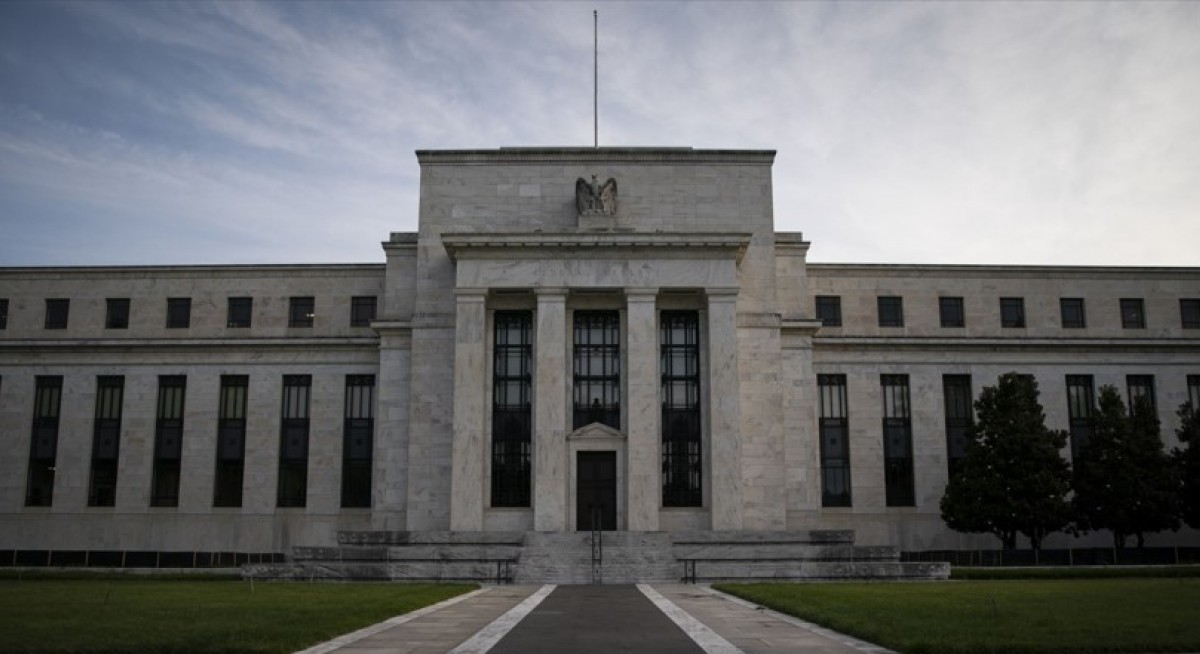It has been indicated often by this publication that interest rates impact REITs in three main ways. First and foremost, the most important in the short-term is the yield spread where REIT unit prices are affected as a result of the yield spread; secondly, DPU is impacted as interest expense rises or falls; and thirdly, they affect capital values or valuation of the properties in other words. As 2H2022 unfolded, it was clear that the yield spread took centre stage.
The yield spread is the difference between the S-REIT’s yield and that of the risk-free rate. The risk-free rate is usually the yield on the 10-year US treasuries. To gauge where a REIT’s yield should hover around, its average yield spread should be added to the current risk-free rate. As risk-free rate rise, REIT yields rise, and if DPU is not able to grow to compensate for the rise in risk-free rates, the REIT’s unit price is likely to decline. The key to identifying a bottom is knowing where risk-free rates are likely to peak during the current rate hike cycle.
The 10-year yield on US treasuries is already at 4.13%. It had stopped rising at a shade below 4% but appears to have broken above the 4% level (which is unfortunate as this was viewed as a minor resistance).
No surprise then that the top worst performers this year are S-REITs with US assets. They are being valued based on the 10-year yield of US treasuries. The average yield or risk-free rate in 2016 when Manulife US REIT (MUST) was listed was around 1.84%; the average yield in 2017 when Keppel Pacific Oak US REIT (KORE) was listed was 2.33%. During Covid, the 10-year yield fell to as low as 0.64%.
See also: As the STI inches higher, yield players find this centenarian trades at 5%
These REITs traded at the 6% to 7% range during pre-interest rate hike periods. It is therefore not unusual for the DPU yield of US REITs to hover around 10%. At present, the DPU yields are in double digits — MUST is at around 13% to 14% and KORE is at around 11%.
Whether they will hold at this level depends on the outlook for both DPU and the risk-free rate. If the DPU falls in the next 12 months and risk-free rates hold at this level, then unit prices are likely to fall to compensate for the yield spread. If inflation has peaked — note the crude oil has failed to rise despite Opec+ plans for cuts in supply — and risk-free rates fall, then these US REITs could rebound. If the rate hike cycle is over, these REITs could even reverse their downtrends.
In the past month or so, three research reports on US REITs have been issued, but none have managed to buoy prices. At this juncture, only a decline in risk-free rates will trigger a rebound.
See also: STI moves ahead at snail's pace as investors find haven in SGD assets
Lippo Mall Indonesia Retail Trust (LMIRT) is at 2.9 cents, and its DPU yield is at around 12%. Indonesia’s risk-free rate stands at 7.4%. Although LMIRT is listed on the Singapore Exchange (SGX), all its assets are in Indonesia. Based on its 1HFY2022 ended June presentation, no major refinancing is due till 2024. An unsecured loan of $67.5 million matures on Nov 9 but LMIRT has cash of $120 million, although the REIT’s committed revolving facility is only $7 million. Committed revolving facilities are important for REITs because they provide them with liquidity.
Investors and potential investors of REITs — given that they are oversold following the latest bout of margin calls — should keep their eye on both US and Singapore risk-free rates. This is where the signal for a rebound will materialise.
Our Big REIT Table is here.




